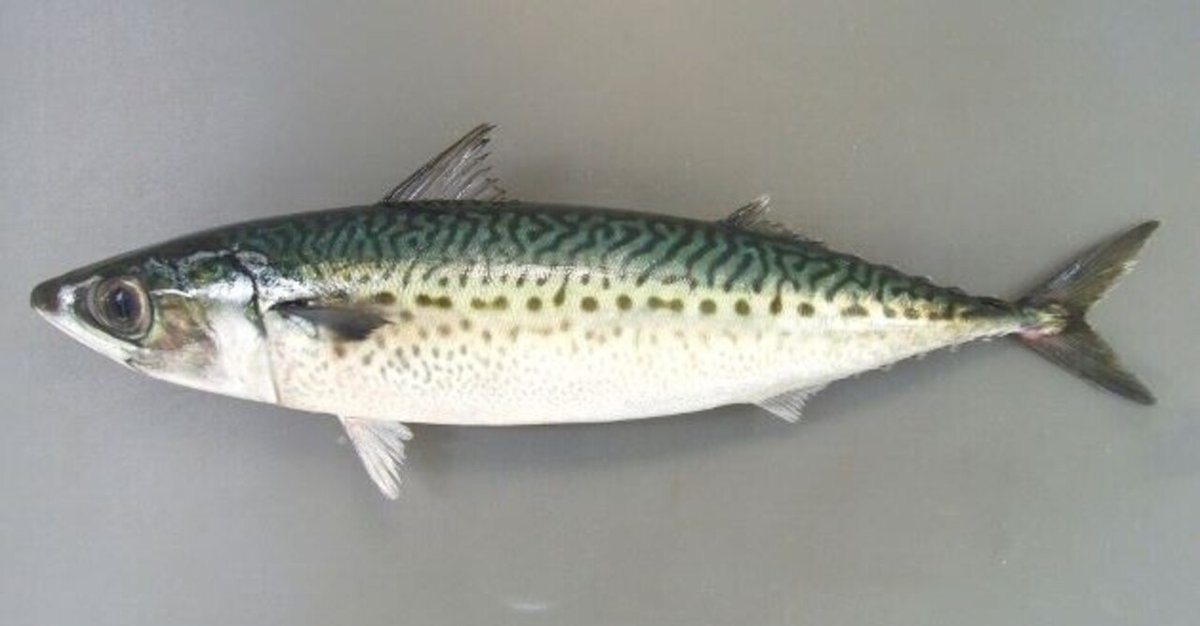
鯖寿司で、日本料理の妙味を知る。 【魚のさばき方 料理講習会】 Learn about the deliciousness of Japanese cuisine at Mackerel Sushi.
昨夜の料理講座は、日本料理の味付けに改めて感動する講習会だった。
「塩」、「醤油」、「酢」、「昆布」、「削り節」、「味噌」、「砂糖」、「みりん」等々は日本の味付け調味素材の代表である。
これらの調味料には当然ながら役割がある。そして意味がある。それぞれの相性もある。すべて日本独特の味付け素材。甘く、濃く、薄く、締める、隠すという味付けになくてはならないものばかり。料理工程でそれぞれの役割と意味が見えてくる。日本料理を引き立てる大事な脇役である。
Last night's cooking class was a class that impressed me once again with the seasoning of Japanese food.
"Salt", "soy sauce", "vinegar", "kelp", "bonito flakes", "miso", "sugar", "mirin", etc. are representative of Japanese seasoning ingredients. Naturally, these seasonings have a role. And it makes sense. There is also compatibility with each. All seasoning ingredients unique to Japan. All the things that are indispensable for seasoning: sweet, thick, thin, tightening, and hiding. The role and meaning of each can be seen in the cooking process. It is an important supporting role that complements Japanese cuisine.
前段はさておいて、昨夜行われた料理実習の素材は「鯖(サバ)」。この鯖を使ってメインに作ったのが「鯖寿司」(写真)。そして「柿白和え柿釜盛り」、「鯖の酢洗いトマト和え」、「鯖の茸酢和え」、「鯖の朴葉味噌焼き」、「船場汁」の計6品。
Aside from the first stage, the material for the cooking training held last night was "mackerel". "Saba sushi" (photo) was mainly made using this mackerel. And there are a total of 6 dishes: "Kakishiroae Kakigamamori", "Mackerel with vinegar and tomatoes", "Mackerel with mushrooms and vinegar", "Mackerel with Hosoba miso", and "Senba-jiru".
この講習会の大きな目的の一つが「魚のさばき方」。魚の中でも特に難しいのが鯖といわれている。脂がのっていればいるほど柔らかい。身が溶けていく。
ご存知のように青魚は血がよく出る。さばき方を間違うとまな板が血の海状態になる。できるだけ血が出るのが少ないさばき方を習った。エラやお腹に必要な切れ目をいれ、頭を手で引きちぎるように外すと腸も一緒にくっ付いて取れる。
One of the major purposes of this course is "how to cut fish". It is said that mackerel is especially difficult among fish. The more fat it has, the softer it is. The body melts.
As you know, blue fish often bleed. If you make a mistake in the cutting board will become a sea of blood. I learned how to cut with as little blood as possible. Make the necessary cuts in the gills and abdomen, and tear off the head by hand to remove the intestines.



おろした後の1/2を鯖寿司に使う。切り身に塩を振る(時間があるときは薄塩して2時間)。時間がないので盛り塩に。酒でさらっと洗って水分をふき取る。そして血合い骨をピンセットで取り除いて腹骨をすきとる。皮は、甘酢に30分つけた後にはぐ。
甘酢で煮立ちさせ冷ました白板昆布と寿司飯そして鯖を巻き、酢で整える。(写真)
他の5品も季節のものに合わせ、鯖の美味しさを引き出していた。鯖尽くしの料理になった。船場汁などは鯖とは思えない上品で高級感が漂った。]
Cut 1/2 of the grated mackerel sushi. Sprinkle salt on the fillet (if you have time, lightly salt for 2 hours). We don't have much time, so we'd like to serve salt. Wash with alcohol and wipe off the water. Then remove the bloody bone with tweezers and scrape the abdominal bone. Peel the skin after soaking it in sweet and sour sauce for 30 minutes.
Boil in sweet and sour sauce, chilled whiteboard kelp, sushi rice and mackerel, and prepare with vinegar. (Photo) The other five items also brought out the deliciousness of mackerel according to the seasonal ones. It became a mackerel-filled dish. Senba-jiru was elegant and luxurious, which I couldn't think of as mackerel.
日本料理の中でも青魚料理だったので、特にかも知れないが脇役の陰の力が引き立った。日本の絶妙な味をこれらの脇役が支え作り出している。
It was a blue fish dish among Japanese dishes, so the power of the supporting role was highlighted, which may be especially true. These supporting characters support and create the exquisite taste of Japan.
※この記事は、10年前に和香の田村佳子先生による「魚のさばき方」をベースにした料理講習会を主催していた時の記事です。

レポート & 写真 / 渡邉雄二 Reported & Photos by Yuji Watanabe
よろしければサポートお願いします。日本の伝統文化に関心を寄せています。若いころに文化圏の異なる地域の方たちとの交流で日本のことをあまりにも知らなかったことに気づかされ、それがきっかけで広く浅く学んでいます。拙いレポートですが、お目に留めていただければ幸です。
